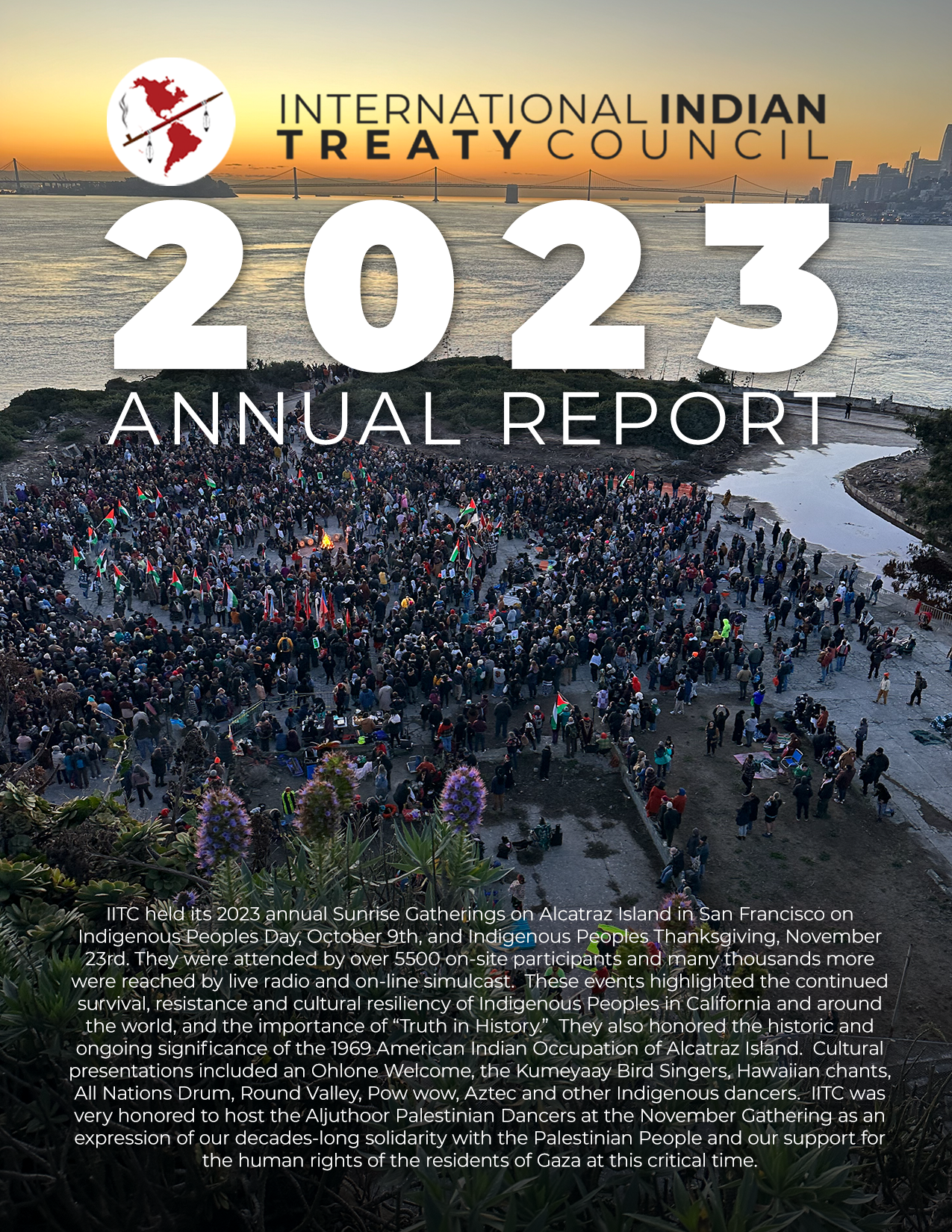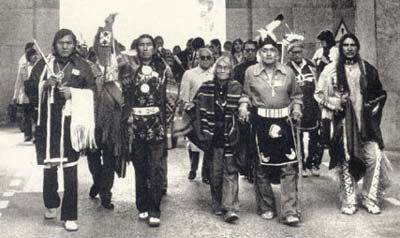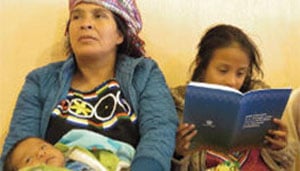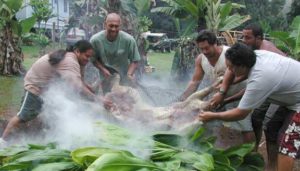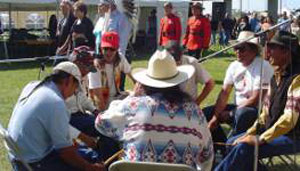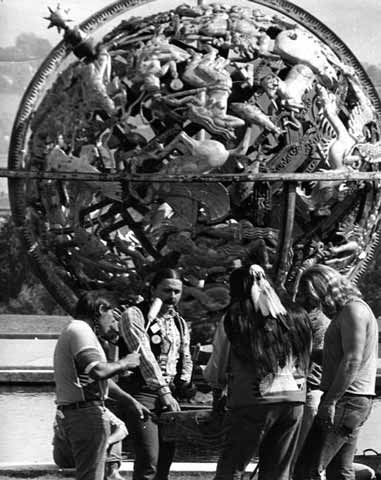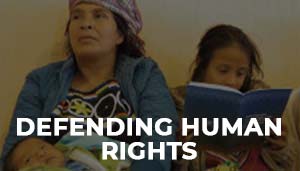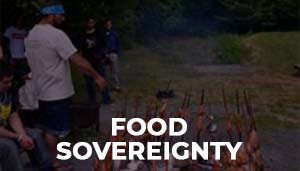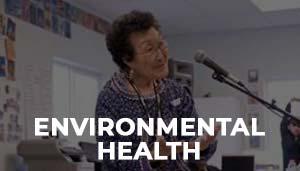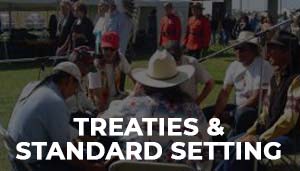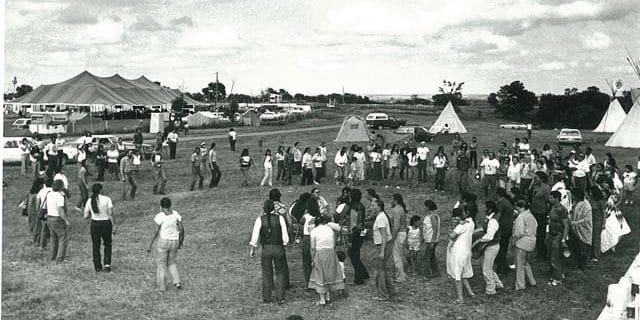
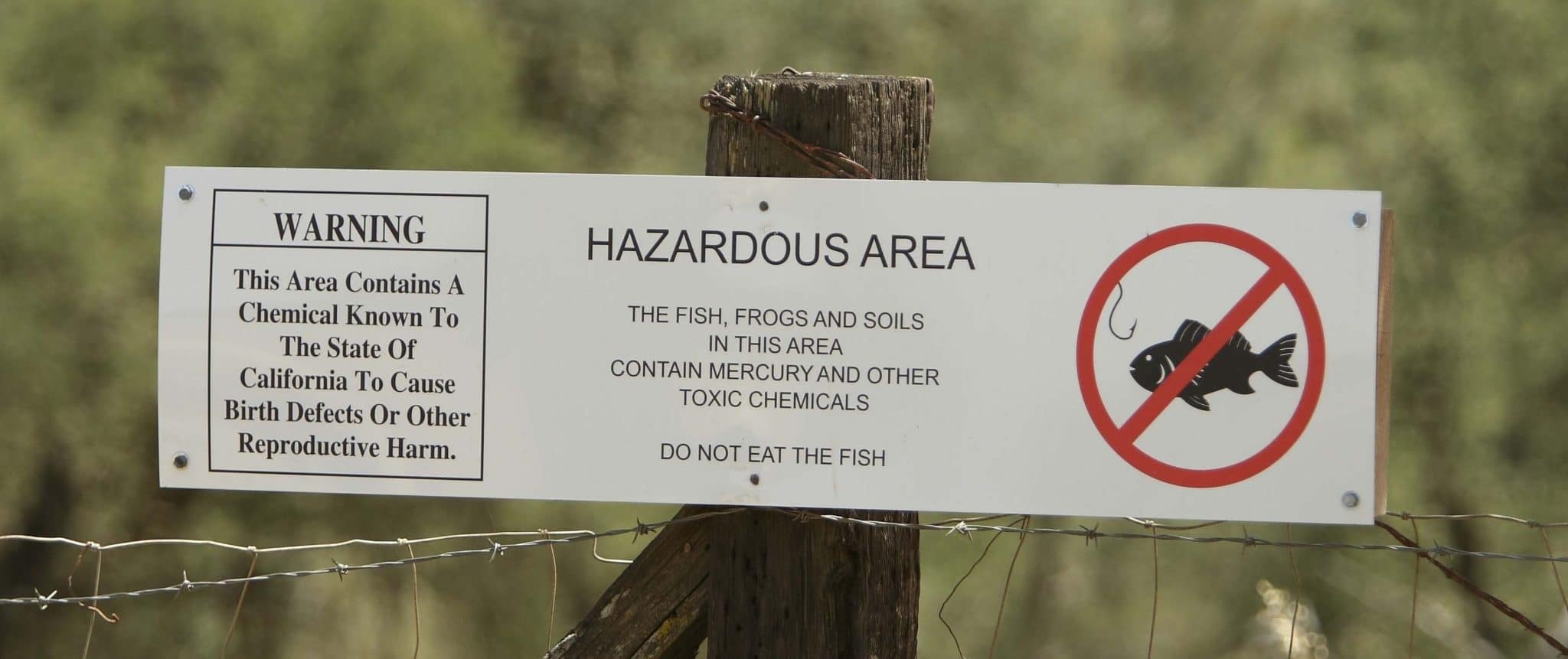
The International Indian Treaty Council’s Environmental Health Program invites you to a 4-part webinar series:
What is mercury?
How does it enter our waters, ecosystems, food sources and bodies? What are the impacts of this neurotoxin on our health and children’s development? What actions can we take in our tribal nations and communities? How can indigenous peoples impact national and international policies to promote clean-up, remedy, prevention and protection of our rights?
SESSION II: SOURCES OF MERCURY CONTAMINATION IN OUR HOMELANDS (PART 2)
TUESDAY, MARCH 8, 2022, 2:00 PM – 3:45 PM EASTERN STANDARD TIME
Moderator and Introduction to the Topic:
- Dr. Myrna Cunningham Kain, Miskitu, Chairperson, Center for the Autonomy and Development of Indigenous Peoples (CADPI), Nicaragua
Panelists:
- Dr. Pam Miller Executive Director, Alaska Community Actions on Toxics, Co-Chair, International POPS Elimination Network (IPEN): Mercury from current and proposed mining in Alaska.
- Tui Shortland, Maori, Pacific Centres of Distinction on Indigenous and Local Knowledge: Mercury contamination and threats to Indigenous fisheries in Aotearoa (New Zealand).
- Tiara Na’puti, Chamorro/Chamoru, Assistant Professor, Department of Global & International Studies, University of California Irvine: Mercury Contamination from Military Activities in Guam
- Judy Da Silva, Anishinaabe, Environmental Health Coordinator, Asubpeeschoseewagong Netum Anishinabek (Grassy Narrows) First Nation, Ontario Canada
Special Guest:
- Dr. Marcos Orellana, United Nations Special Rapporteur on Toxics and Human Rights to provide updates on his current study on mercury, and opportunities for participation and input
Questions for panelists: All participants
To register: link.iitc.org/mercury3
Translation will be provided in English and Spanish
